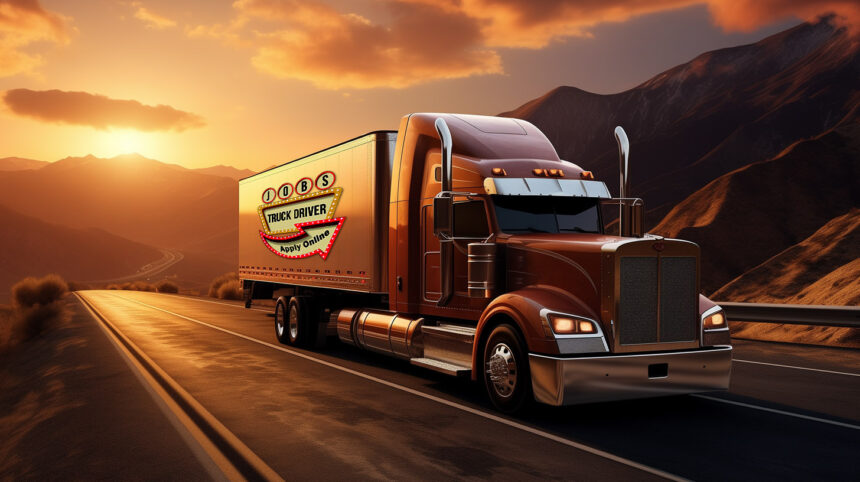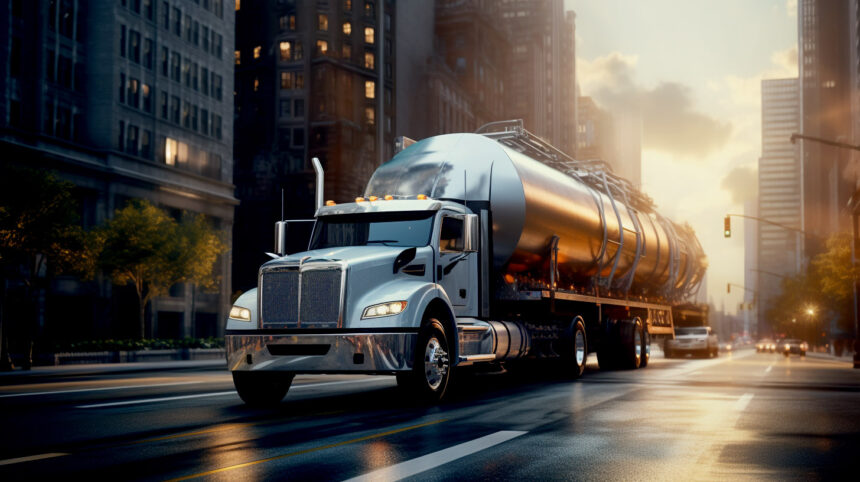Embarking on a career as a commercial truck driver opens up a world of opportunities, but first, you need to navigate the complexities of Commercial Driver’s Licenses (CDLs). Understanding the distinctions among the various CDL classes is essential to determining the types of vehicles you can operate and the range of job opportunities available. In this blog post, we will explore the three primary classes of CDLs and shed light on the diverse driving experiences each offers.
- Class A CDL

The Class A CDL is the pinnacle of commercial driving licenses, providing drivers with the highest level of flexibility. With a Class A license, you can operate vehicles with two or more axles and a gross weight exceeding 26,000 pounds, along with towed vehicles weighing more than 10,000 pounds. This expansive category encompasses a wide range of heavy-duty vehicles, including tractor-trailers, tankers, flatbeds, and livestock carriers.
One notable advantage of holding a Class A CDL is the ability to cross state borders, presenting opportunities for long-haul trucking and potentially higher wages. The versatility offered by a Class A license makes it a popular choice for drivers seeking diverse experiences on the open road.
Examples of Jobs requiring a Class A CDL can be found here: https://trucker.city/category/cdla/
- Class B CDL

The Class B CDL is tailored for those who prefer to operate non-articulating commercial vehicles. With a gross weight of 26,000 pounds or more, Class B vehicles include dump trucks, straight trucks, box trucks, and delivery trucks. Drivers with a Class B license are also authorized to tow vehicles weighing less than 10,000 pounds.
While Class B vehicles may not match the size and scope of Class A counterparts, this license opens doors to a variety of local and regional driving opportunities. From making deliveries in urban areas to transporting goods within a specific region, Class B drivers play a crucial role in the logistics and transportation industry.
- Class C CDL

The Class C CDL is a versatile option for drivers who operate vehicles lighter than 26,000 pounds, designed to transport sixteen or more people or carry hazardous materials. With a Class C license, drivers can pilot vehicles such as tank trucks, buses, HazMat vehicles, or triple trailers.
For drivers seeking a niche in passenger transport or hazardous materials handling, the Class C CDL is the gateway. Depending on the intended use of the vehicle, drivers may need to obtain additional endorsements, such as the Passenger (P) or Hazardous Materials (HME) endorsement.
Conclusion
Choosing the right class of CDL is a critical decision for aspiring commercial truck drivers. Whether you’re drawn to the versatility of the Class A license, the local opportunities of the Class B license, or the niche roles covered by the Class C license, each option presents a unique set of experiences and responsibilities. By understanding the distinctions among these classes, you can make an informed decision that aligns with your career goals and preferences, setting you on the path to a successful and rewarding career on the open roads.
